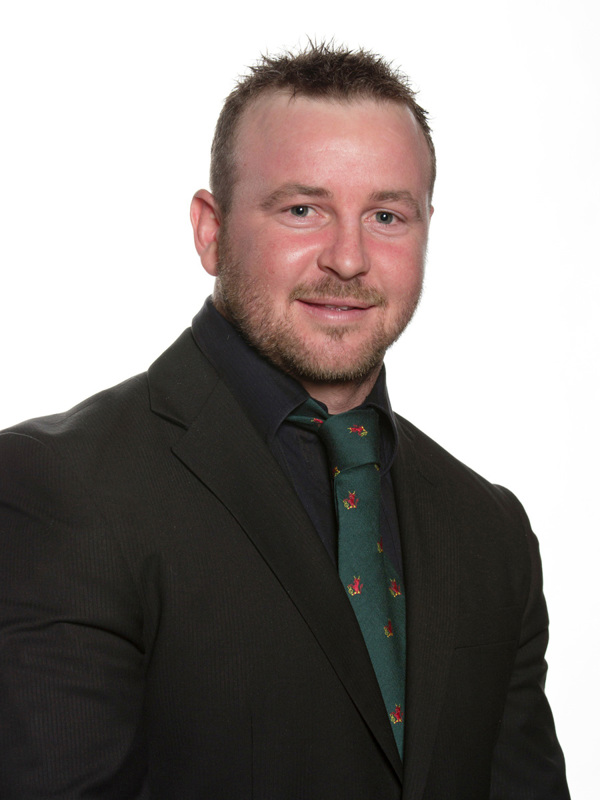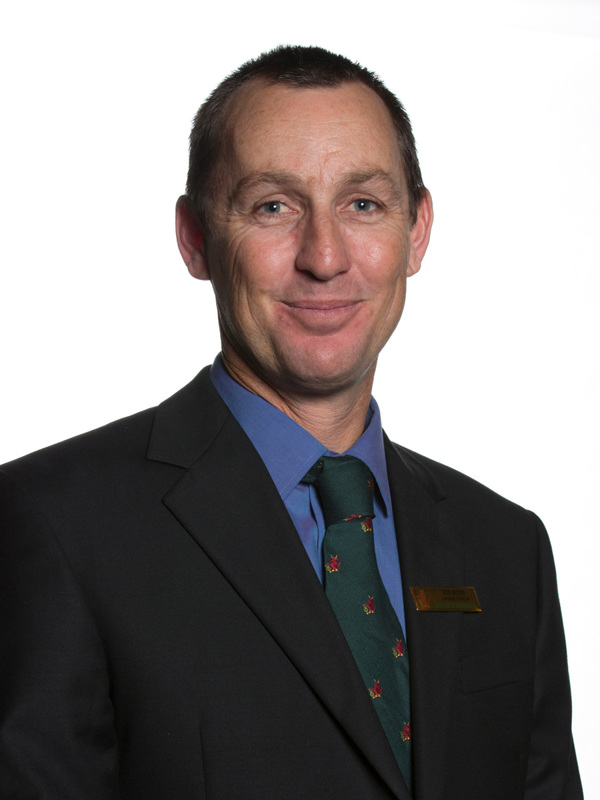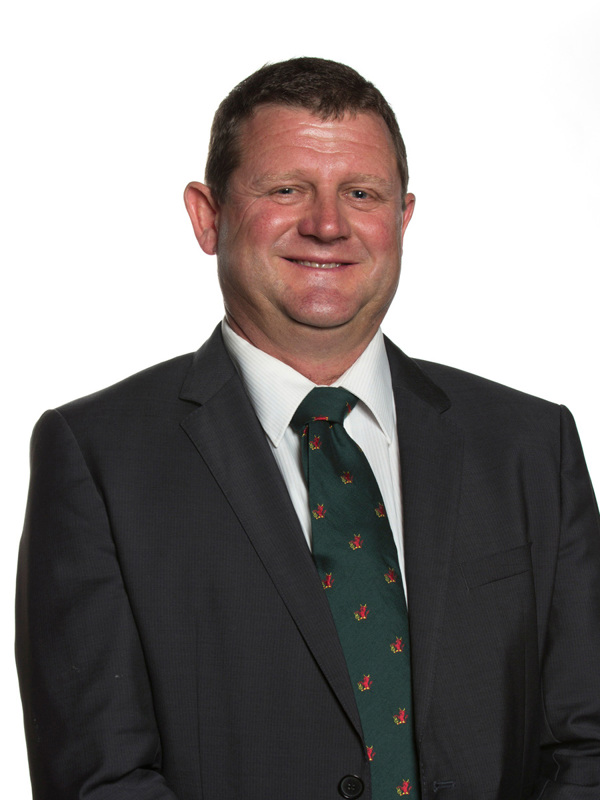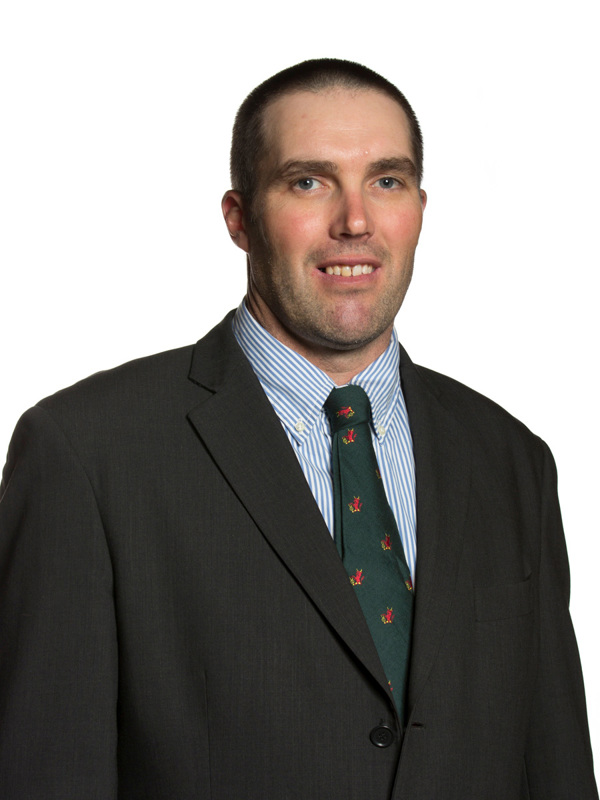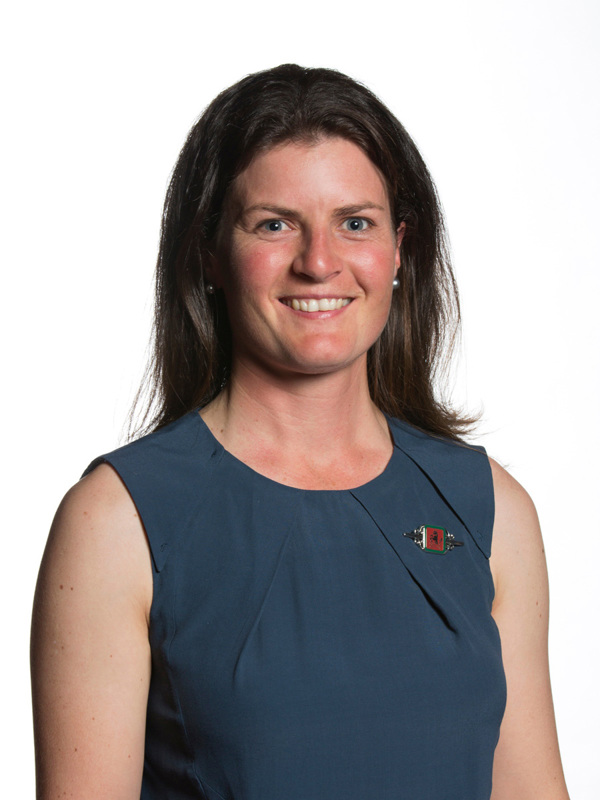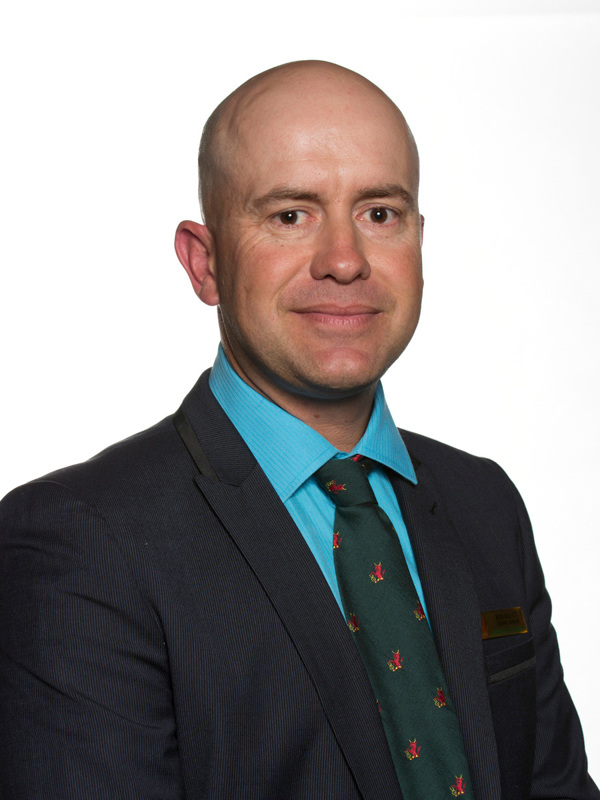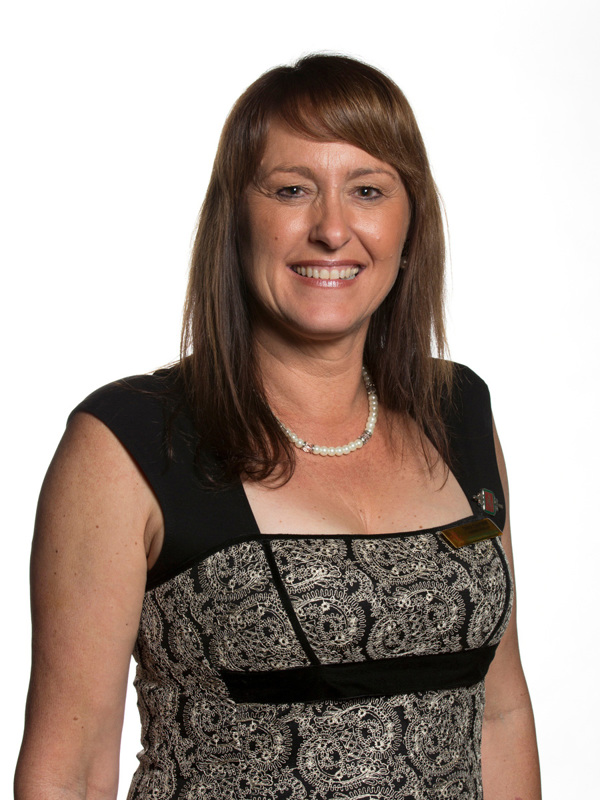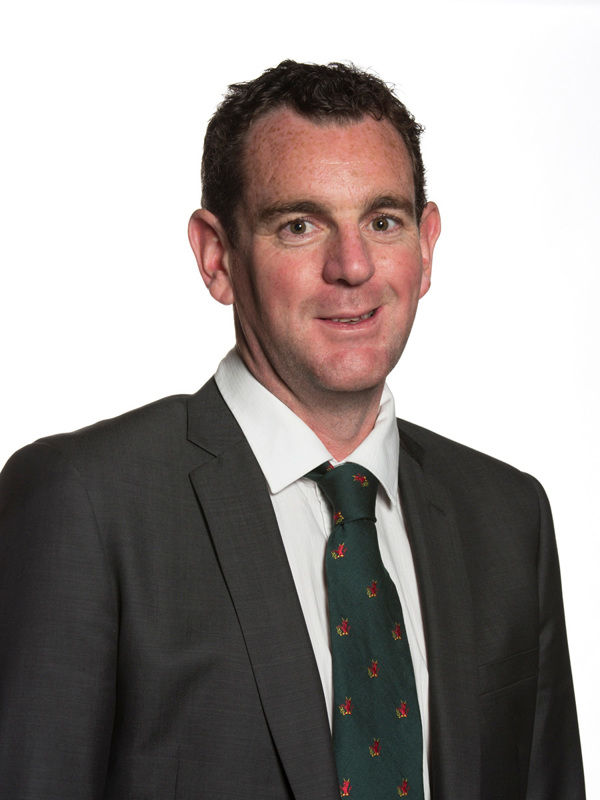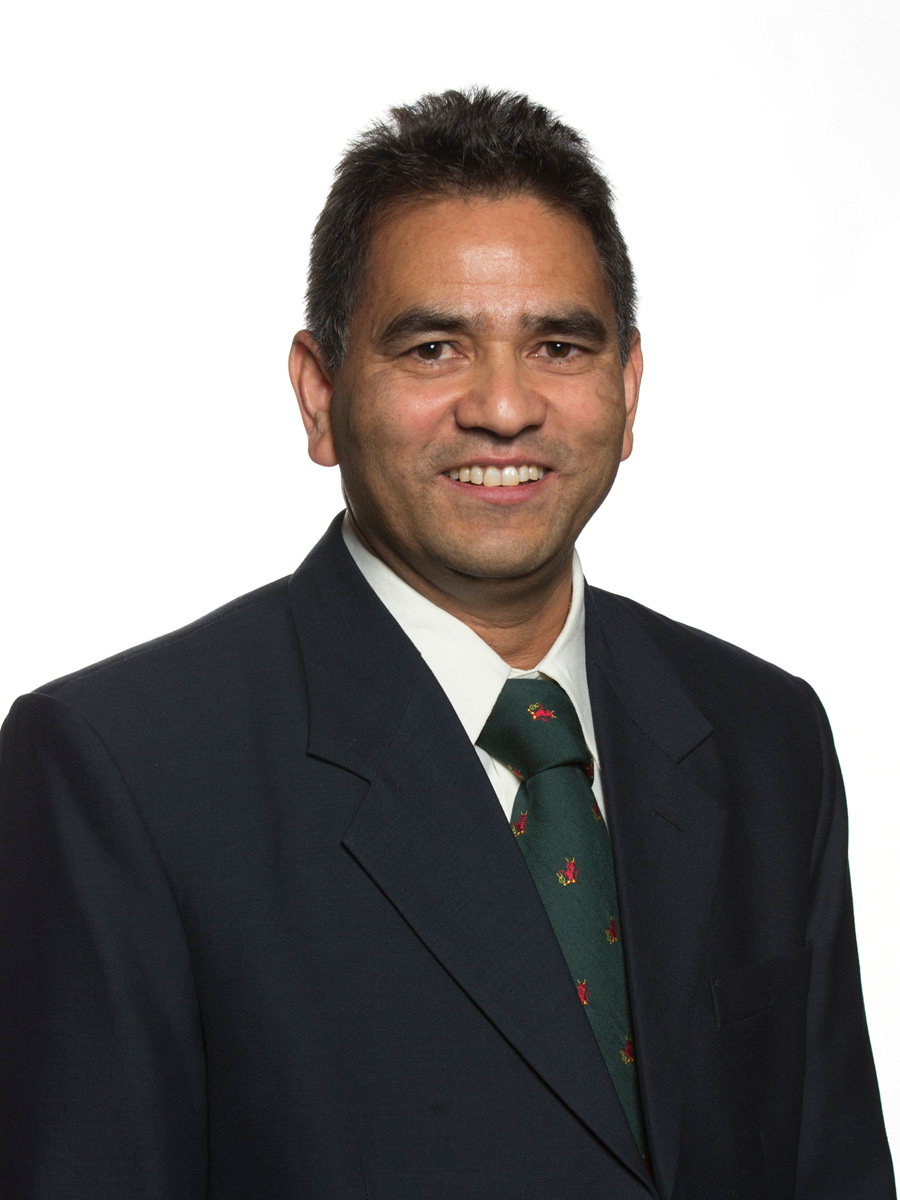
Keshav Timalsena

Australian vegetable growers can achieve greater productivity, increased energy efficiency and reduced pest pressure through the use of semi-closed greenhouse (SCG) technology, according to Keshav Timalsena. Supported by Woolworths, Keshav researched his topic in Canada, the USA, Mexico, Brazil, Europe and New Zealand.
“Successful European growers use SCG to achieve a greater level of climate control, increasing energy efficiency while retaining more beneficial carbon dioxide (CO2) and excluding external pest and disease factors".
Based in Armidale, NSW, Mr Timalsena is a senior grower manager for the hydroponic tomato producer, Costa Group, which has 30 hectares of production under glass and supplies major supermarket chains. Having worked in the hydroponic industry for 21 years, Mr Timalsena said mainstream greenhouses cannot be improved any further.
“While production efficiency has been significantly increased, the level of climate manipulation, fertigation and crop protection requires a large volume of costly inputs, which increase the cost of production. There is also a growing public awareness of the environmental impact of input intensive farming that is forcing farmers to take a more sustainable approach to food production, and the semi-closed glasshouse concept is the future.”
While it requires significant investment, Mr Timalsena says SCG technology provides an excellent opportunity to modernise greenhouse production through minimising inputs and waste, leading to expansion and greater profitability.
“It will not be commercially viable for the new breed of tomato growers and potential investors to revamp existing mainstream greenhouses – they will need to plan for a state-of-the-art semi-closed greenhouse with the latest infrastructure. SCG has a very clean environmental footprint as CO2 produced from burning natural gas is retained within the greenhouse, and this air is recycled and not released to the atmosphere as in typical glasshouse operations. All these factors – retention of heat and CO2, less chemical sprays, converting waste plant material to generate heat, methane gas and compost as by-products – provide growers with the opportunity to maximise productivity.
Mr Timalsena said growers are learning that European designs do not necessarily translate to local conditions.
“To quote Nikolas Tesla, ‘To make things move faster we need to reduce friction; a bigger motor and larger wheel may not be the right options’,” he said.


